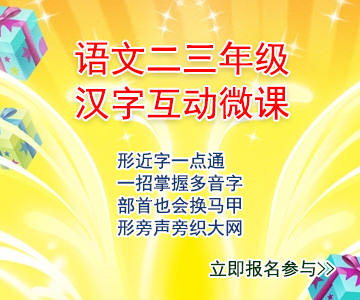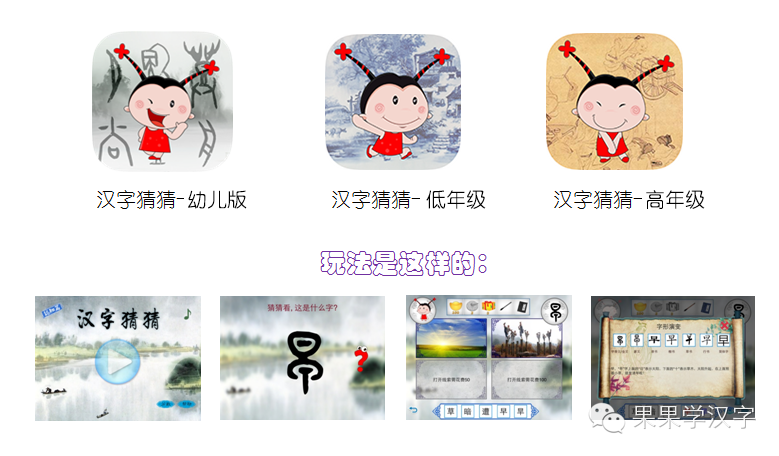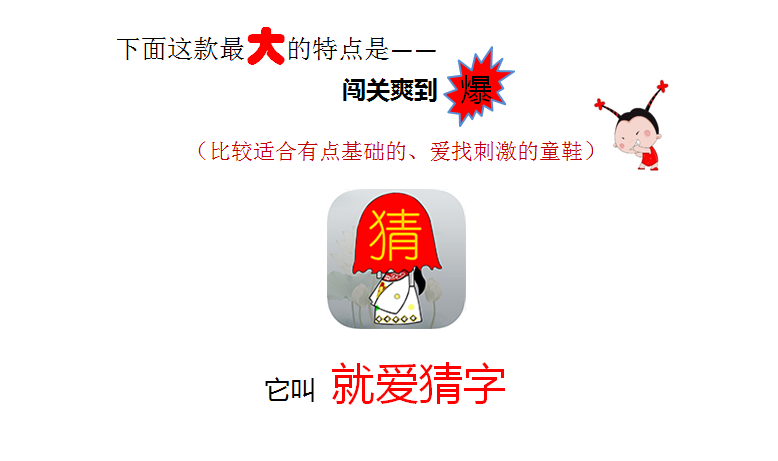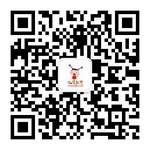
“Analysis of Chinese Characters by bilingual”,is opened for the convenience of Chinese and foreign friends who are interested in Chinese characters. We’ll push a Chinese character every Monday,analyze its originand related culture. If there is any impropriety,welcome to correct us.
為方便對漢字感興趣的中國朋友和外國朋友,我們新開設了《雙語解字》欄目。每周一推送一個漢字的來歷和相關文化,如果其中有不恰當的地方,歡迎中外朋友指正。
heart(心)
The original pictograph was a representation of the physical heart. Its membranous sac was ripped open, and a delineation of the aorta appended below. Recognition of this vital organ’s role as seat of motivation for both good and evil prompted man to take to heart the ancient saying:”Honey mouth,dagger heart.”
象形字的“心”,就像物理心臟解剖后樣子,左右兩點分別代表靜脈和動脈內的血液,中間的點代表心臟里的血。古人很早就發現了心髒的功能,心臟是人體的重要器官,也是人心善惡,這促使人們把那句古語放在心上:“蜜糖嘴,刀子心(口蜜腹劍)”。

The final exam is coming ,so we’ll share an idiom related to“heart”——The hands respond to the heart. Wish you all the best in the exam.
期末考試就要到了,我們就和大家分享一句和“心”有關的成語——得心應手。祝大家考試得心應手。

The Hands Respond To The Heart
This allusion is taken from Zhuang Zi’s Heavenly Doctrine.
Duke Huan of Qi (齊桓公)was reading in the garden, when a wheelwright who was working there asked him what he was reading. When the duke told him,the wheelwright said, “What you are reading is nothing more than the lees and scum of bygone men.” Angered,the duke demanded that he explain,otherwise,he would be executed.The wheelwright said, “I get the truth from my work. The strength used in making wheels has to be just right,or the wheels will not fit properly. But what is the precise strength? I feel it in my heart,and my hands respond to it. It cannot be expressed in words. So I cannot pass this kind of intuition on to my son,and my son cannot get it from me. The ancients and their inexpressible feelings died together. So that is why I say that what you are reading is only the dregs left by them.”
Later, the phrase “The hands respond to the heart” came to be used to describe rich experience,consumate skill and working with facility.
[本段英文翻譯:周苓仲]
得心應手
這個典故出自《莊子·天道》。
講的是齊桓公在院子里看書,有一位會做車輪的老匠人,說齊桓公看的只是古人的糟粕。齊桓公很生氣,要匠人講出道理來,否則就處死他。匠人說:“我是從我的工作中悟出這個道理來的。我能將車輪做得很圓,做輪子時,用力要恰到好處,否則輪子就不合適。至於怎樣用力才最恰當,只能得之於手,而應於心。這種感覺是無法言說的,所以我的兒子都沒能繼承我的技藝,雖然他們可能會講出做車輪的道理,但是我的感覺無法傳遞,因此我的兒子就沒法將這個技藝傳承下來。古人和他們無法言傳的精華都隨著他們的身體死去了,所以我才說你讀的書(能言傳的內容)只是古人留下的糟粕。”
後來,“得心應手”就用來描述經驗豐富、技術精湛和工作熟練。

小評論:
《莊子·天道》:“斲(zhuó,同斫:砍、削、雕琢)輪,徐則甘而不固,疾則苦而不入,不徐不疾,得之於手而應於心,口不能言,有數存焉于其間。”
莊子所說的“得心應手”是“得之於手,而應於心”,後來則反過來將成語寫成“得心應手”。莊子的本意是說,當你學習一個技藝的時候,應當先將實際使用他的功夫練到爐火純青,而心中自然會有相應的理論形成,而不是先在心中形成道理,再去指導技藝。
在古代,傳統技藝的傳承,基本是以前一種方式,即“得之於手,而應於心”來教學的,而不是“得之於心,而應于手”。技藝傳承人往往需要在沒有理論指導的情況下,從師傅那裡潛移默化地學習,然後不斷實踐,直到師傅覺得徒弟可以傳承他的理論時,才將道理傳授給他,而這時徒弟往往已經在心中形成了一種自己的理論形式,與師傅所傳相驗證,取其精華,去其糟粕,而得到的一代比一代更好的傳承。
現代教學往往恰恰相反,多是先傳之以道,學生先是知道道理了,再去實踐中驗證所學,這樣形成的技藝傳承,其效果和古代的傳承方式相比,孰優孰劣,尚未可知。



欢迎关注"如果汉字"微信公众号
 微信公众账号
微信公众账号